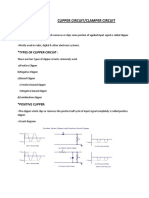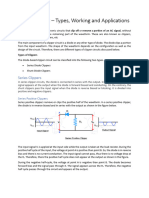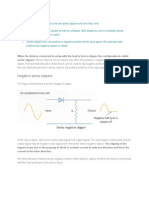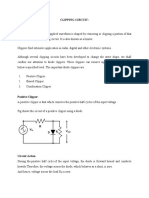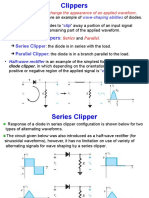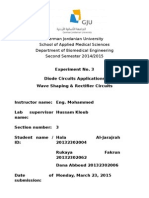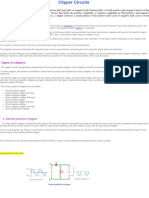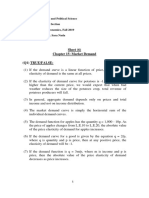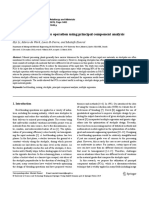0% found this document useful (0 votes)
53 views7 pagesClipper Circuits Explained
Clipper circuits are designed to remove portions of an input signal without distorting the remaining waveform, functioning as clippers or limiters. They can be classified into series and shunt clipper circuits, each with various configurations such as unbiased, positively biased, and negatively biased types. The operation of these circuits relies on the forward and reverse biasing of diodes to control the output voltage based on the input signal characteristics.
Uploaded by
kboysuper8Copyright
© © All Rights Reserved
We take content rights seriously. If you suspect this is your content, claim it here.
Available Formats
Download as DOCX, PDF, TXT or read online on Scribd
0% found this document useful (0 votes)
53 views7 pagesClipper Circuits Explained
Clipper circuits are designed to remove portions of an input signal without distorting the remaining waveform, functioning as clippers or limiters. They can be classified into series and shunt clipper circuits, each with various configurations such as unbiased, positively biased, and negatively biased types. The operation of these circuits relies on the forward and reverse biasing of diodes to control the output voltage based on the input signal characteristics.
Uploaded by
kboysuper8Copyright
© © All Rights Reserved
We take content rights seriously. If you suspect this is your content, claim it here.
Available Formats
Download as DOCX, PDF, TXT or read online on Scribd
/ 7






